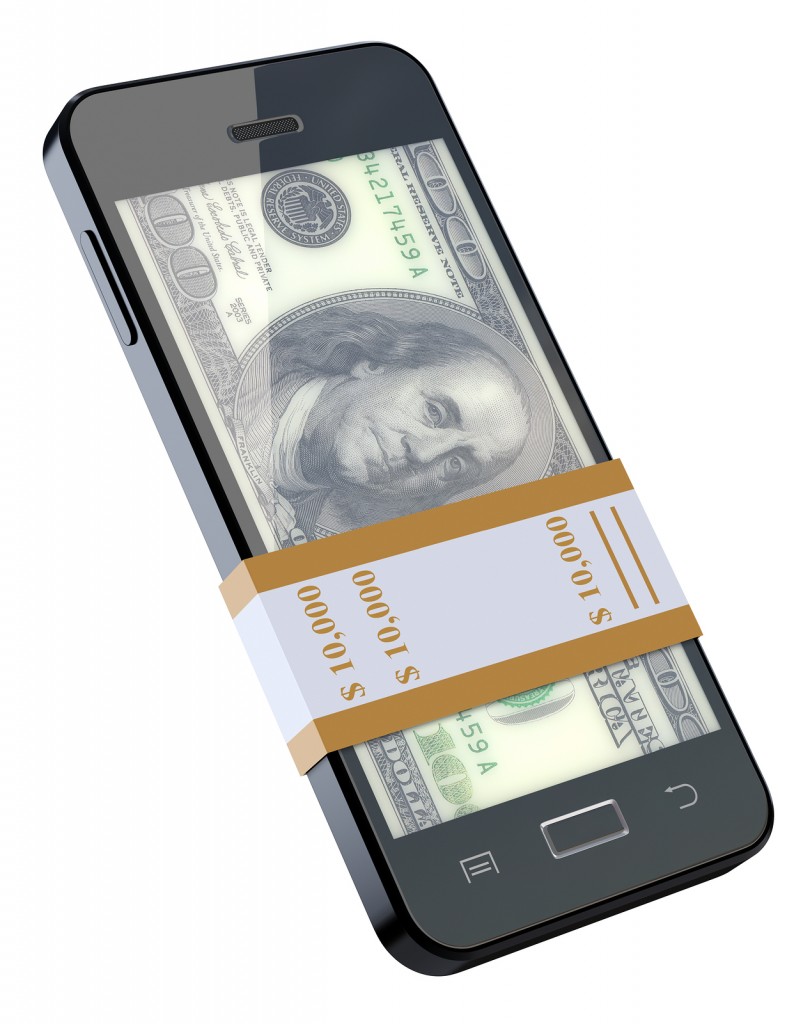Shoppers heading out for supplies at the beginning of the school year have been increasingly using smartphones.
According to a new Back to School Shopping: 2013 Trends mobile commerce report that was released by Placed, Inc., almost half of all parents who own smartphones used their devices to help them to find discounts such as coupons while they were shopping for school supplies for their children, this year.
The report also indicated that many of the parents were actually making their purchases on their smartphones.
Its estimates showed that over 20 percent of parents who owned smartphones actually purchased school supplies through mobile commerce. These statistics are providing a great deal of insight into the current trends, as well as those that may be expected over the holiday season, this year.
The mobile commerce survey was based on the feedback of more than 12,000 smartphone owners.
 Each of the participants had at least one child. Beyond discovering that mobile commerce shopping activity has increased, it also underscored the growing value of the showrooming trend, which had previously been seen as a threat to brick and mortar stores.
Each of the participants had at least one child. Beyond discovering that mobile commerce shopping activity has increased, it also underscored the growing value of the showrooming trend, which had previously been seen as a threat to brick and mortar stores.
It revealed that nearly two in every five smartphone using parents used their smartphones for mobile commerce purchases, but also used “showrooming” behaviors to view their products in physical stores before performing online research to make sure that they found the precise item they want, and at the best price.
Brick and mortar shops have previously felt threatened by showrooming, feeling worried that they would lose their business to the competition while shoppers were standing under their roofs. However, that doesn’t seem to be the way that mobile commerce works. Among the surveyed parents, 35 percent had accessed retailer apps or websites from their smartphones while in those specific stores. This suggests that showrooming can help to lead to solidified brand loyalty.
That said, the survey also showed that some retail shops were more effective than others at appealing to the mobile commerce loving parents. One of the more successful players, for example, was Macy’s, which has a highly mobile friendly experience, and where parents with smartphones were 20 percent more likely to visit a physical store than the average customer regardless of device use.

 Smartphones account for majority of sales
Smartphones account for majority of sales